Scandinavian interior design, characterized by minimalism, natural materials, and functional appeal, is a manifestation of a cultural aesthetic informed by a unique Nordic history and lifestyle. This design concept pioneers an impeccable blend between warm hospitality and geometric precision, capturing the essence of less is more. The influence of geographical location, weather conditions, and traditional values form the bedrock of this design style, which has fantastically evolved from the Arts and Crafts movement of the late 19th century to the modern embodiment we know today. Thus, gaining an understanding of Scandinavian design principles, the historical impact, and practical approaches to furnishings and decor can guide you to recreate this distinct, inviting ambiance in your home.
Principles of Scandinavian Interior Design
Key Concepts of Scandinavian Interior Design
A hallmark trait of Scandinavian interior design is minimalism. This design style emphasizes on clean, uncomplicated spaces with plenty of room and empty space, belying a devotion to clutter-free living. Furniture and decor are chosen intentionally, with each piece serving a purpose or pleasing an aesthetic, leaving no room for extraneous additions. The fundamentals of this design style aim to create a sense of tranquility and peace through simplicity, promoting a decluttered lifestyle and mindset.
Functionality is another critical aspect of Scandinavian interior design.
Scandinavian designers believe in the saying, “form follows function”. They place a high priority on creating spaces that are not just visually appealing, but also practical and comfortable. Utilitarian items, such as furniture and shelves, are designed with an emphasis on functionality – think chairs that are ergonomic and comfortable for long hours of sitting, and innovative storage solutions that aim to maximize available space.
Use of Natural Materials
Natural materials are a cornerstone in the realm of Scandinavian interior design. The use of woods like pine, beech, and ash lends a feeling of warmth and coziness to interiors and adds a touch of nature to the interior landscape. Also commonplace is the use of other natural elements like leather, wool, cotton, and fur. Scandi designers often incorporate these materials into their designs, introducing a striking contrast between the soft, warm features of these materials against the minimal, clean spaces they inhabit. This marriage results in spaces that feel comforting, inviting, and homey.
Scandinavian Color Schemes
Scandinavian color schemes are predominantly characterized by neutral and pastel colors. This selection of colors aids to the bright, airy atmosphere typical of Scandinavian interiors. The frequent use of whites, grays, blacks, and browns creates a clean, unifying aesthetic across the whole space. Pops of color are often introduced sparingly, in the form of soft pastels or natural hues, adding depth and interest to the otherwise muted color palette.
Contrary to what one might presume about the infamously cold Scandinavian climate, these carefully chosen colors schemes do not render Scandinavian homes cold and sterile, but warm and inviting. Light colors are known to enhance the perception of space and reflect light better, helping to create the illusion of larger, brighter spaces — a helpful tactic for maximizing short daylight hours during the Scandinavian winter months.
Scandinavian Design Principles and their Impact
Scandinavian interior design, an inherent part of the Scandinavian lifestyle, values simplicity, practicality, and comfort above all else. Strongly connected to nature, this design principle goes beyond merely setting decoration trends, capturing an entire lifestyle and perspective. With a core principle that less is definitely more, Scandinavian designs bring us back to the basics, promoting quality, functionality, and artistry. These elements significantly shape the popularity and usage of these principles in Scandinavian homes.
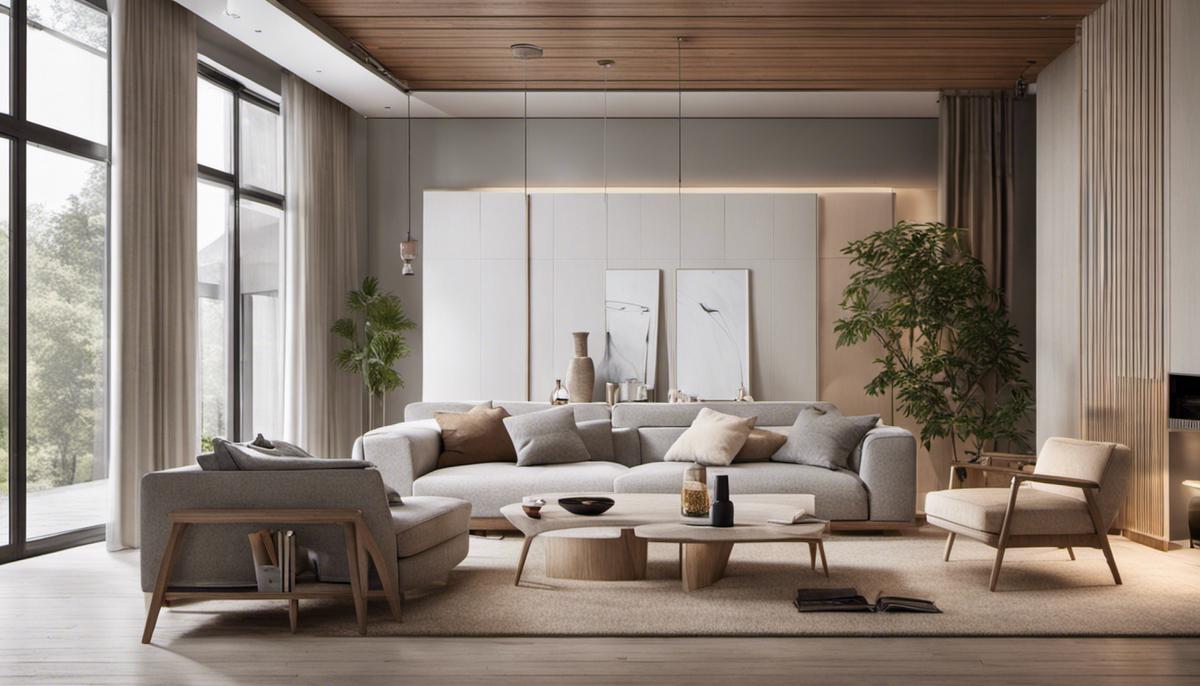
Historical Influence on Scandinavian Design
The Origins of Scandinavian Design
Scandinavian design, renowned for its low-key elegance, functionality, simplicity, and alignment with nature, is a product of unique geographical, weather, and cultural influences. Born from the influential Scandinavian Peninsula in Northern Europe – home to Denmark, Sweden, and Norway – this design style reflects how the locals adapted to the region’s long, cold, and dark winters along with short summers.
Overshadowed by long winters where daylight remains fleeting,
Scandinavian interiors were traditionally designed to enhance light. Walls predominantly painted in white or very light colors to reflect most of the available natural light are a common sight in Scandinavian homes. The sparse use of large and unadorned windows is another technique employed to allow maximum sunlight during the shorter days. Wooden floors, typically in a light color to further brighten the rooms, replace heavy wall-to-wall carpets.
Translating to the significant influence of climate,
Scandinavian design also reflects cultural values of simplicity, coziness, and an innate respect for nature and the environment. The use of natural, sustainable materials like wood, leather, stone, and wool echoes this consciousness and nod towards environment-friendly practices.
In the late 19th century,
the Arts and Crafts movement began as a rebellion against the aesthetics of machine-made, mass-produced products and the distressing conditions of factory workers. Scandinavian designers resonated with the ethos of the movement, sharing the goal of bringing well-designed, high-quality craftsmanship to the general public. Their approach to functional and stylish design while maintaining affordability set down the foundation of modern Scandinavian design.
Evolution of Scandinavian design
over the late 19th and 20th centuries ushered an era of innovative, distinct, and democratic design principles that redefined interior spaces around the globe. Scandinavian Modern, a style that gained immense popularity between the 1930s to 1970s, stood as a testament to the increasing inclination towards functionality, minimalism, and simplicity coupled with a love for natural shapes.
The Evolution of Scandinavian Design
Scandinavian design has become a popular interior style, recognized for its blend of elegance and contemporary influences. Its core principles revolve around a harmonious balance of aesthetic forms, functional utility and an affinity for nature. This enduring appeal and design philosophy tie in with the region’s historical heritage and cultural values, ensuring that Scandinavian design resonates on a global level.
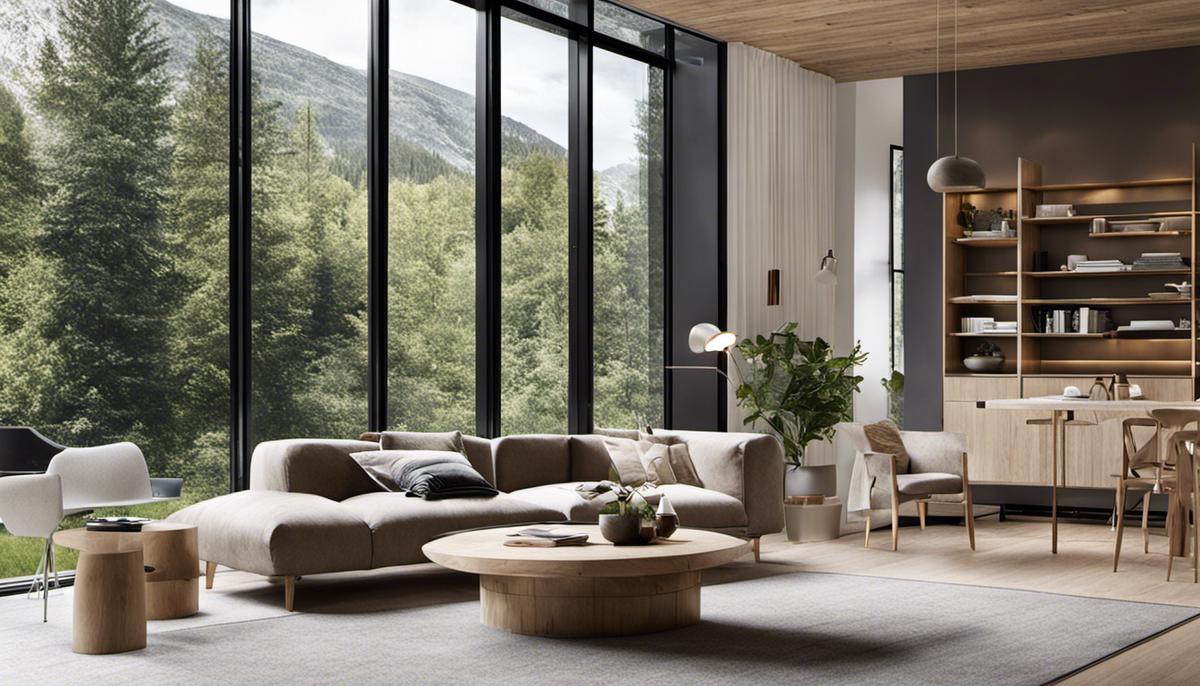
Furnishing and Decor in Scandinavian Design
The Role of Furniture in Scandinavian Design
In the world of Scandinavian design, furniture plays a key role, embodying the ethos of form meeting functionality. It’s designed with a practicality-first mindset, yet never compromising on visual appeal. A typical piece of Scandinavian furniture is crafted from light-colored woods such as beech, ash, or pine, contributing to the overall airy and bright ambiance that is signature to this style.
Scandinavian furniture embraces an organic simplicity, featuring clean lines and an almost minimalist approach where each element serves a purpose and nothing is superfluous. This less-is-more principle is a cornerstone of the Scandinavian interior style, reinforcing its focus on simplicity and functionality.
Comfort is another crucial aspect embedded into Scandinavian furniture design. Expect to find chairs and couches that are not only visually pleasing but also crafted with ergonomics in mind. Quite often, furniture in this style features soft curves, creating a cozy, encircling seating experience that perfectly marries great design with comfort.
Decor in Scandinavian Design
In relation to decor, Scandinavian styling is all about adding warmth and creating a cozy atmosphere. This is achieved with strategic use of textures and soft furnishings. Faux furs, woolen throws, and plush cushions are common features, adding an element of coziness and charm to an interior.
Rugs play an important role in Scandinavian decor. They are often used to introduce texture and contrast to a space. Scandinavian rugs typically feature simple, muted designs, but they might also include bold geometric patterns for a modern spin.
Light fixtures are another crucial element in Scandinavian interiors. Given the long, dark winters of Scandinavia, effective lighting is a necessity. A distinctive aspect of Scandinavian lighting design is the use of multiple light sources rather than relying on a single overhead light. Table and floor lamps, sconces, and candlelight are all used effectively to create a warm, inviting atmosphere. The light fixtures themselves are often designed with the same clean lines and simplicity as the furniture.
Embracing Scandinavian Design Principles
Embracing Scandinavian interior design means infusing furnishings and decor that personify the principles of simplicity, functionality, and comfort into your living space. Start with a canvas of neutral colors and add depth and personality as you go along.
When it comes to selecting furniture, the rule of thumb is to find that sweet spot between aesthetic appeal and practical use. Look for items with minimalist design and clean lines. Prioritize the use of natural materials, particularly for furniture pieces.
In terms of decor, aim for a cozy and pleasant ambience. Incorporate warm textures and soft furnishings. Manipulate different lighting fixtures to achieve the perfect balance of illumination. It is crucial to remember that Scandinavian design values authenticity over fleeting trends. Hence, opt for pieces that are not only genuine but can also stand the test of time.
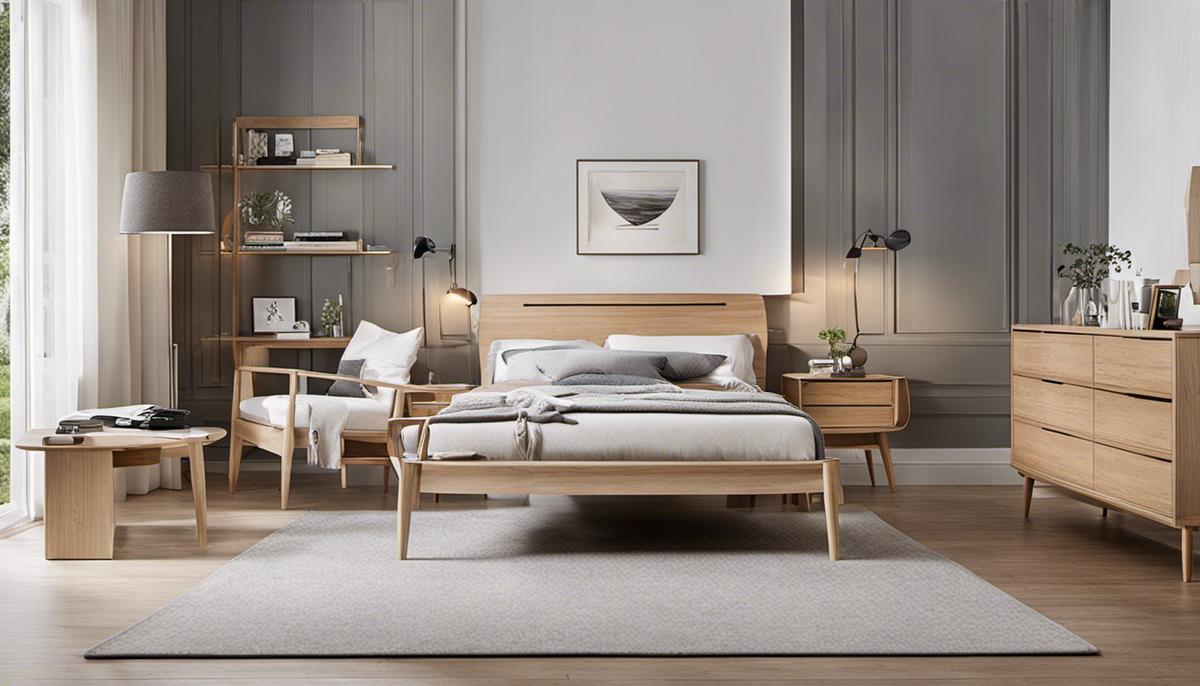
Implementing Scandinavian Design in Your Home
Understanding the Role of Furniture in Scandinavian Design
One of the defining aspects of Scandinavian design is its emphasis on furniture that is straightforward, well-crafted, and aesthetically pleasing. This design language leans heavily towards minimalism, which calls for direction towards furniture pieces with clean lines, organic forms, and perfectly-balanced functional usage. When shopping for furniture, look for pieces crafted with a preference for light-colored or natural woods to ensure you’re true to the Scandinavian aesthetic. Iconic furniture designs, such as Hans Wegner’s Wishbone Chair and Eero Saarinen’s Tulip Table, are excellent choices to bring out the Scandinavian flair.
Picking a Color Palette
Scandinavian design utilizes a neutral and subdued color palette that leans on the cooler side. Think whites, creams, cool grays, and blues to echo the colors of these Nordic countries’ landscapes. You can include pops of color, but keep these understated and natural. Think muted hues, like dusty pink or forest green, over something like a vibrant red or electric blue.
Lighting Considerations
Lighting plays a pivotal role in Scandinavian design due to the long, dark winters that the Nordic countries experience. For this reason, Scandinavian homes often incorporate a variety of light sources to add warmth and brightness. Think large windows, floor lamps, and pendant lights, all designed to shower rooms in a cozy, welcoming light. Mirrors can also play a big role in reflecting light throughout the rooms, making spaces feel more open and inviting.
Using Decor Elements
Scandinavian design embraces simplicity, functionality, and sustainability. Therefore, when adding decor to your space, opt for items that serve a purpose and are made from natural materials. Adding elements like cushions, throw blankets, and rugs in natural fibers can help create a cozy and warm space. Wall art should be minimalist and paired back, keeping in line with the overall aesthetic.
Repurposing Existing Items
For those looking to implement Scandinavian design on a budget, consider repurposing existing items in the home. Old furniture pieces can be painted white or light colors to fit the Scandinavian aesthetic. Furthermore, focus on decluttering and maximizing natural light in your space, key components of the design style, to transform your space without spending too much.
Thrifting and DIY Projects
Lasty, Scandinavian design embraces sustainability and individuality, making thrifting and DIY ideal for achieving this look. Visiting local thrift stores, flea markets, or auctions can provide unique, high-quality pieces for a fraction of the cost. DIY projects, like creating your own minimalist art or crafting simple, functional, decor items, can provide a personal touch while fitting into the aesthetic.
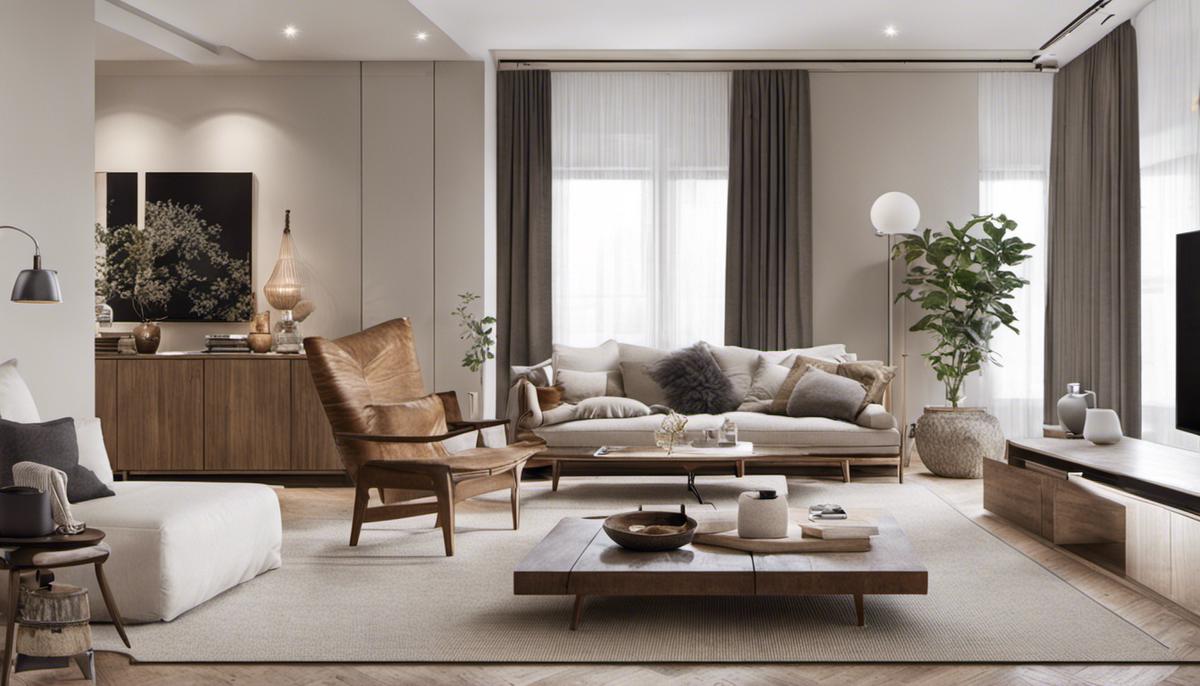
To fully appreciate and execute Scandinavian interior design in your home, it is crucial to incorporate its key principles—minimalism, functionality, and natural materials. Garnering insights on how its northern origins and cultural values influenced its evolution, coupled with a keen eye for appropriate furniture and decor, will aid immeasurably in transforming your living space. By implementing these principles and design pointers, your home can bear testament to the warm, harmonious, and cozy feel inherent in Scandinavian design, while also showcasing your personal style. Remember, it’s not just about following a trend; it’s about creating an environment that speaks to your personal comfort and aesthetic satisfaction.

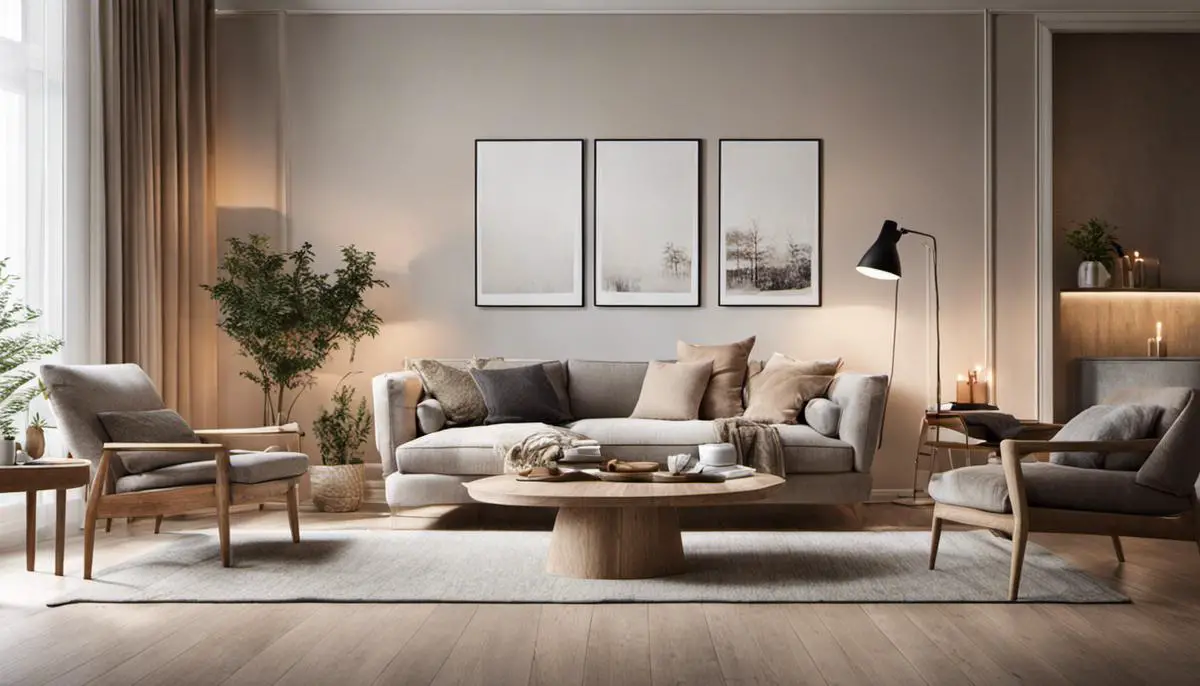
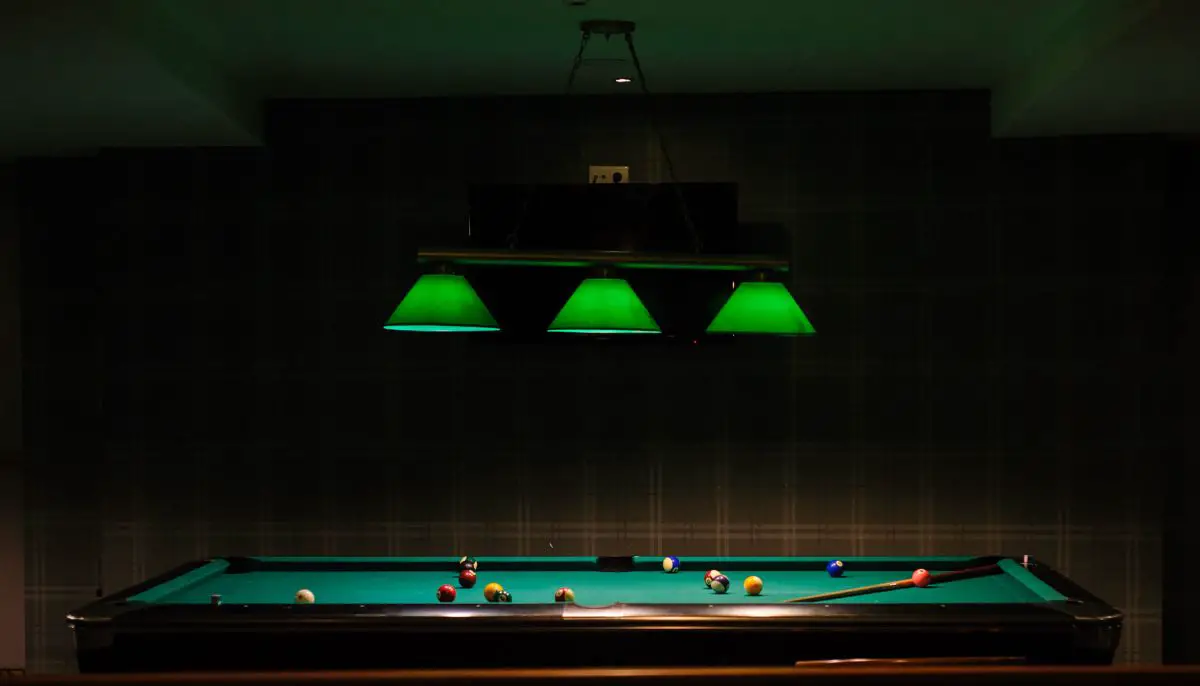
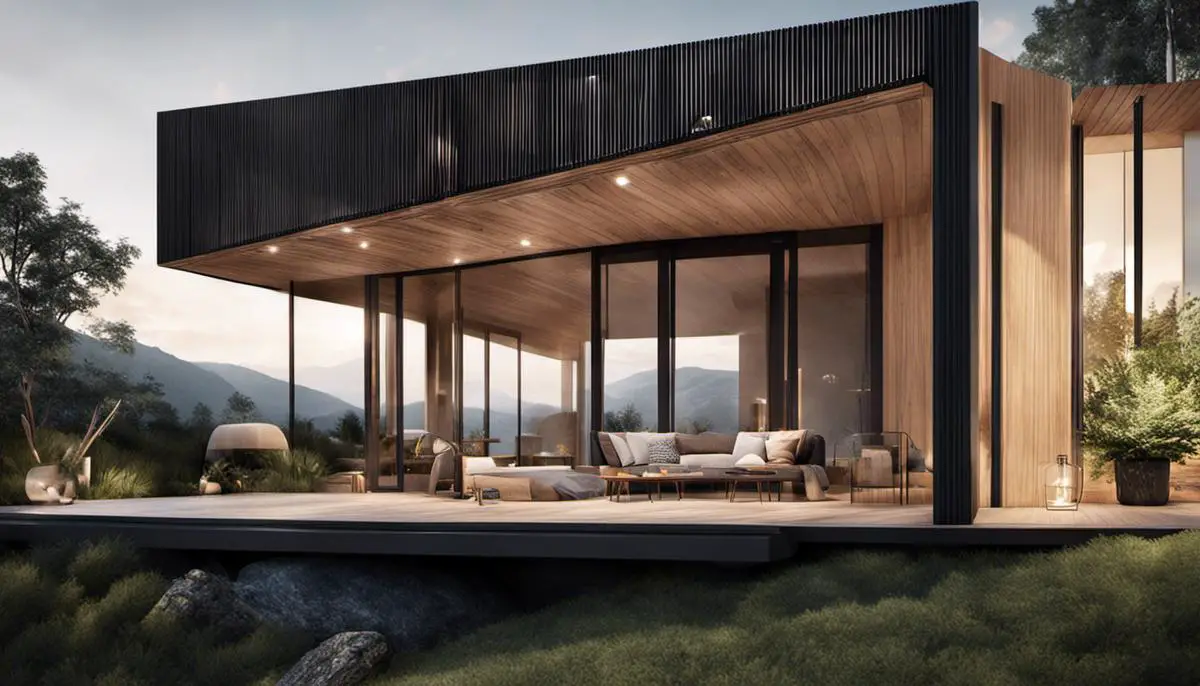
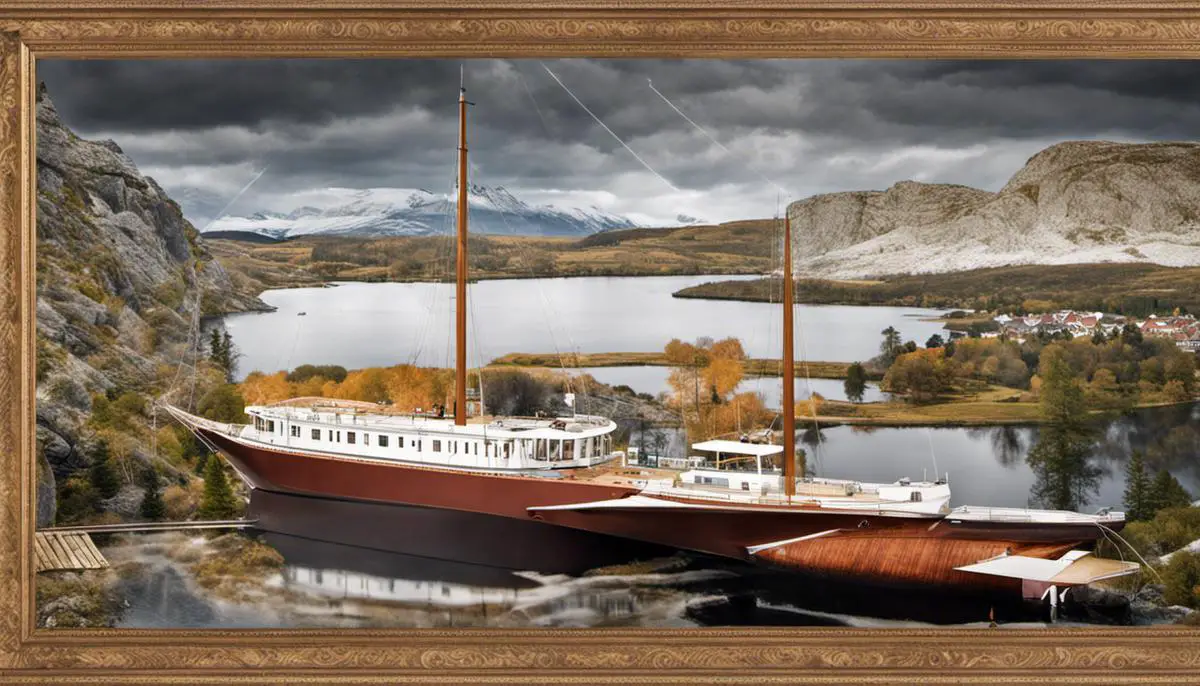
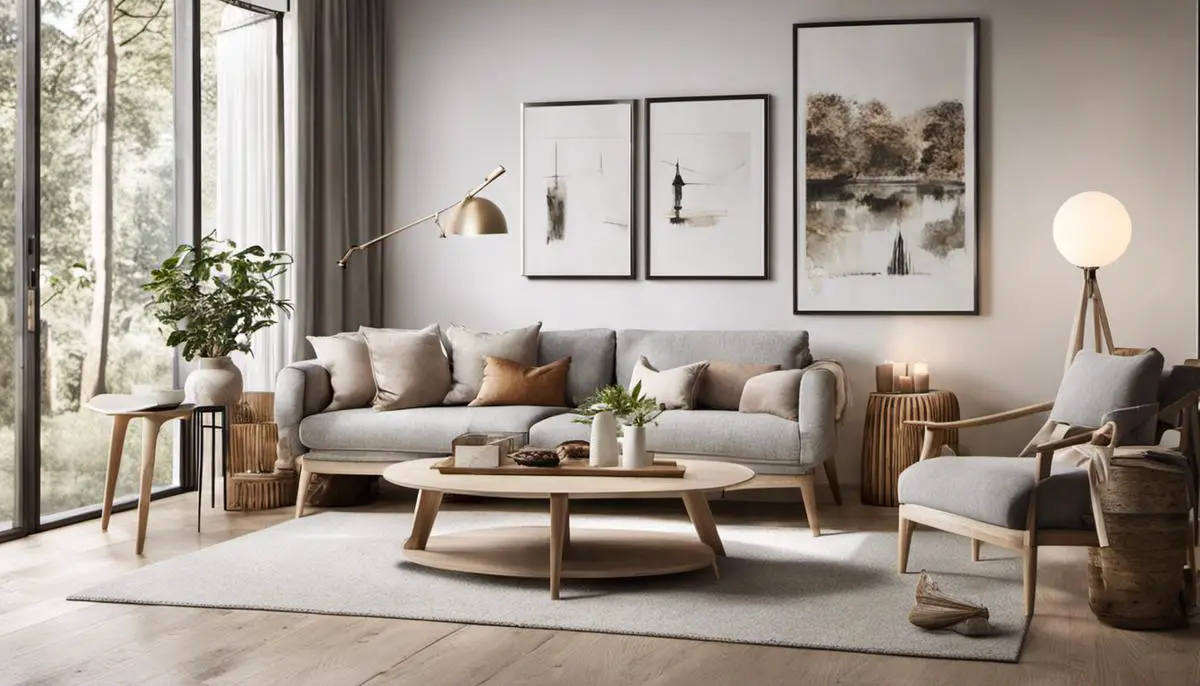

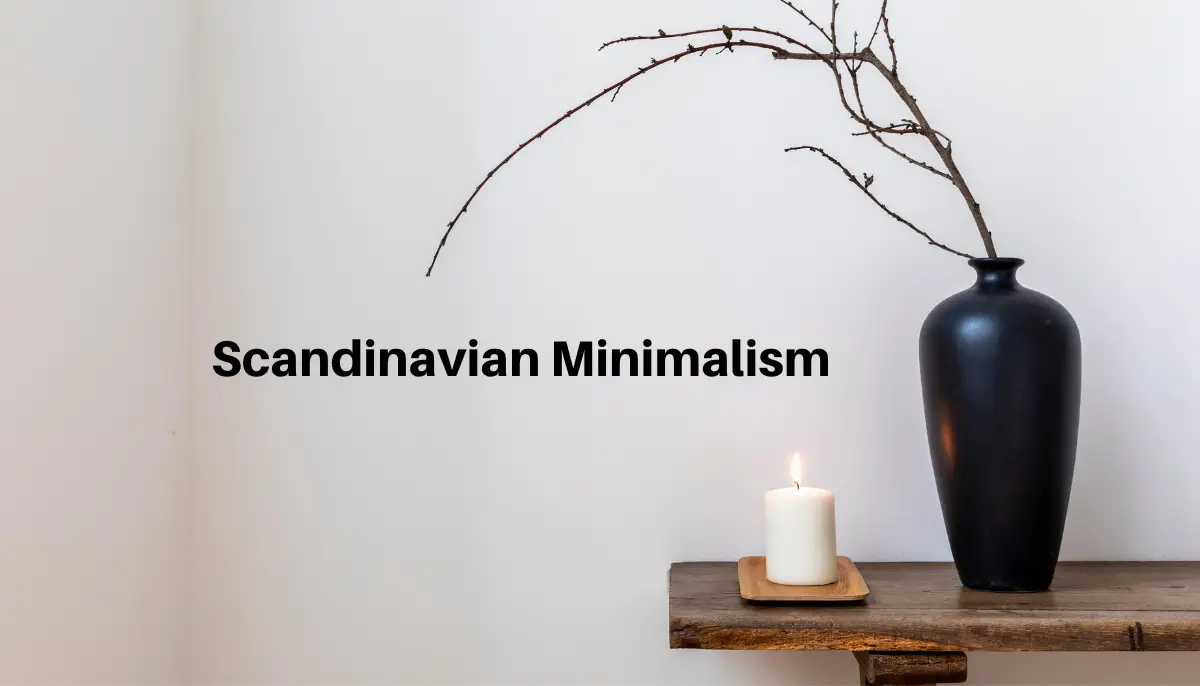

Leave a Reply